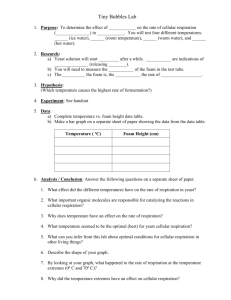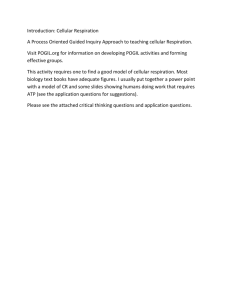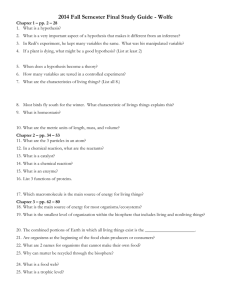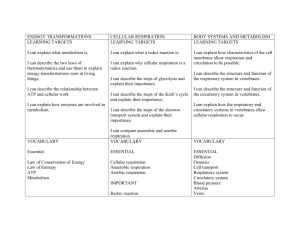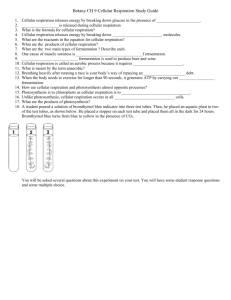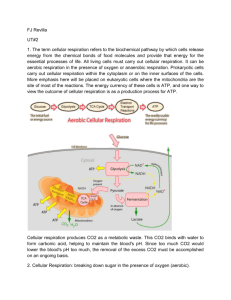File
advertisement
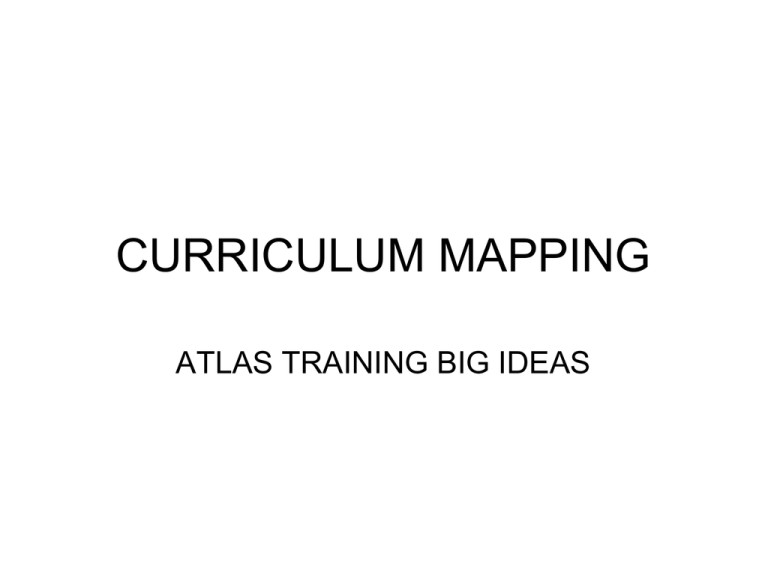
CURRICULUM MAPPING ATLAS TRAINING BIG IDEAS Agenda I. Overview: Rigorous Tasks Aligned to Standards II. Mapping Basics: What Goes Where III. Wrap up Steps to Curriculum Mapping on Atlas 1. Title 2. Essential Questions 3. Standards & Performance Indicators 4. Key Student Learning Objectives 5. Co-planning Strategies (SWD and/or ELLs) 6. Content 7. Skills 8. Sequence of Key Learning Activities 9. Resources/Key Text(s) to be Used 10. Assessments 11. Common Core Instructional Shifts 1. Pick a TITLE for each unit A. Use student friendly titles to grab attention o Cells: They’re in Every Living Thing 2. Develop the ESSENTIAL QUESTIONS A. Question form B. Overarching questions that provide focus and engage students C. Higher order thinking – see Hess matrix D. Connects content to real world or self -- why is it important to learn this? How do our bodies stay in balance? How do our bodies respond to the outside world? 3. Pick all STANDARDS to apply to units. Include different standards: o o o Content Process Common Core Example: 6-8 Science: Integration of Knowledge and Ideas: Compare and contrast the information gained from experiments, simulations, video, or multimedia sources with that gained from reading a text on the same topic. . 4. Develop the LEARNING Objectives A. What students will be able to do at the end of the unit – highest levels of Blooms/Webb. B. Must be specific, observable, measurable and connected to subject area and common core. C. Each learning objective should have its own color. SWBAT evaluate data from an experiment and text to determine factors that affect cellular respiration. 5. Explain Co-planning Strategies (SWD and/or ELLs) A. Check off appropriate boxes and type in details B. Can be filled in by co-teacher C. Make sure to address scaffolding and multiple entry points, as well as different learning styles 6. Fill out CONTENT section A. Go through standards and pull out the nouns. B. List/bullets format C. Facts, concepts and vocabulary Cellular Respiration ATP Energy Mitochondria Oxygen Carbon Dioxide Water 7. Fill out SKILLS section A. Pull verbs out of standards B. Begin each skill with action verbs C. Utilize Bloom and Webb Design experiment Interpret data Analyze text Compare and contrast experiment/multimedia to text 8. Sequence of Key Learning Activities A. What will you see kids doing in classroom? B. Use action verbs. C. Align directly with the skills and provide the opportunity for students to practice and become proficient at a specific skill. D. Should be differentiated wherever necessary. Lab: Measuring cellular respiration in yeast – Read articles/text about cellular respiration and summarize in research section of lab report. – Design and conduct experiment about factors that affect cellular respiration (reflected in lab report). – Interpret data from lab report as chart or graph. – Compare and contrast text and results of experiment and evaluate the results in conclusion of lab report. 9. List and Attach RESOURCES A. list any materials needed for unit B. Examples: 1.books 2.computers/software 3.handouts 4.labs 10. Enter each ASSESSMENT A. B. C. D. Different types to demonstrate mastery Measurable Provide rubrics as links Prove they met the learning goals. 11. Common Core Instructional Shifts • Which shifts did you address in this unit? How did you bring them to life? Future Steps: Upgrades • Look at your specific students’ needs: – How can we better serve our students? – Are our students going through any extraordinary circumstances? • How can we align our curriculum to our students’ needs? – Focus on things that are relevant to our students. – Give students tools THEY will need. Future Steps: Upgrades, cont. • Align to External standards. – Help students attain future productivity. • Global alignment – Think, connect and interact with global communities. – Use regional databases and translate into English and post conclusions on blog in foreign language.



